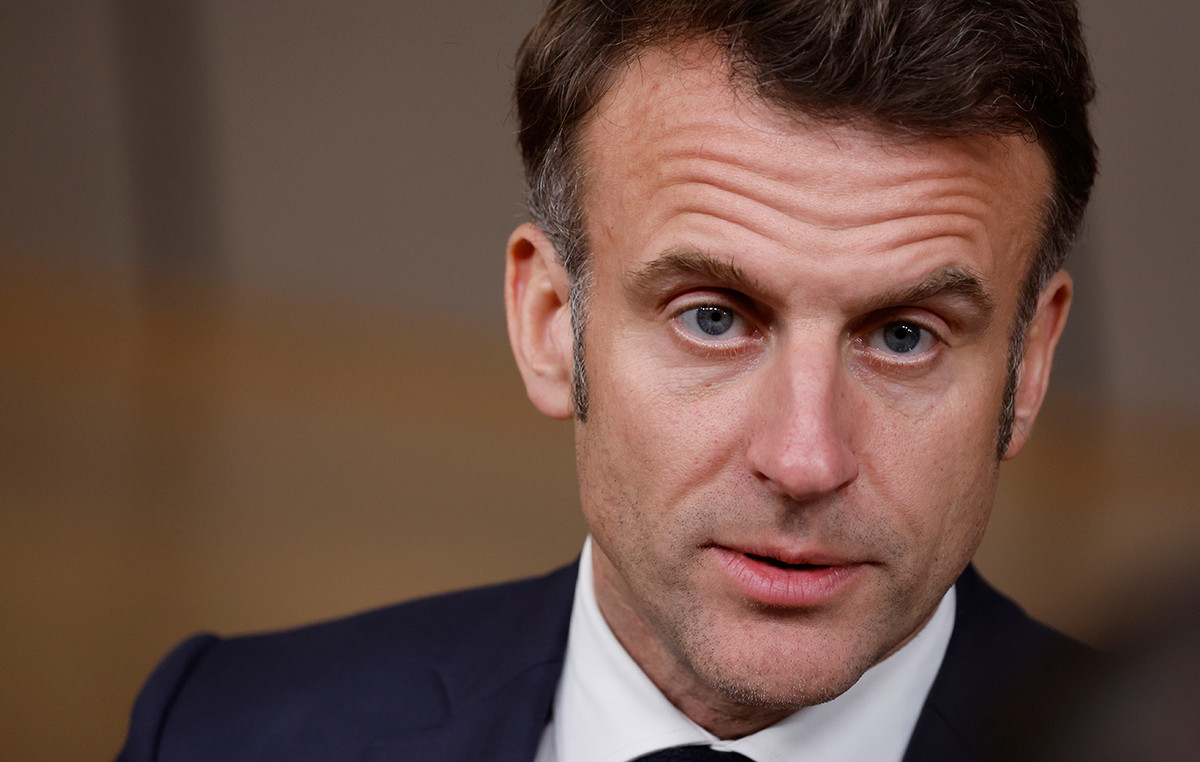- GBP/USD witnesses aggressive selling for the third day in a row on Monday.
- Signs that the UK economy is under stress from rising inflation weigh heavily on the British pound.
- Expectations of an aggressive Fed rate hike and risk aversion push the USD to a more than two-year high.
- Oversold oscillators make it prudent to wait for some consolidation before the next move lower.
The pair GBP/USD continued to lose ground during the first half of the European session and fell to its lowest level since September 2020, around the region of 1.2720-1.2715 in the last hour. At time of writing, the pair recovers slightly to 1.2743, still down -0.75% on the day.
The pair extended last week’s sharp decline from near the 1.3100 round level and remained under intense selling pressure for the third day in a row on Monday. The British pound was affected by the Disappointing Friday release of UK Retail Sales and Preliminary Services PMI. This, coupled with sustained buying around the US dollar, proved to be a key factor that continued to put downward pressure on the GBP/USD pair.
The Office for National Statistics reported on Friday that UK retail sales fell 1.4% mom in March and suggested that the expected decline in consumption due to high inflation may already have arrived. Besides, flash PMI points to biggest loss of momentum for service sector activity since Ómicron caught up with businesses at the end of last year. Macroeconomic data signaled that the UK economy is under stress from rising cost of living.
On the other handthe US dollar continued to find support on expectations of a more aggressive tightening of monetary policy by the Fed and skyrocketed to a high of more than two years. On Thursday, Fed Chairman Jerome Powell confirmed a 50 basis point rate hike at the upcoming May meeting and has also hinted at further consecutive hikes this year. The markets reacted quickly and are now considering rate hikes in the next four meetings in May, June, July and September.
Apart of this, Extended COVID-19 lockdowns in China raised concerns about slowing global growth and curtailed investor appetite for perceived riskier assets. This was evident by a drop in equity markets, which benefited traditional safe-haven assets and provided an additional boost to the US dollar. The combination of supportive factors helps offset the pullback in US Treasury yields and continues to support the strong buying tone around the USD.
Apart from this, the activation of some stop orders after a sustained break below the 1.2800 level further aggravates the downside pressure and contributes to the sharp decline of the GBP/USD pair. This could have set the stage for additional short-term losses. That said, the extremely oversold RSI on short-term charts warrants caution for aggressive bears, making it prudent to wait for some intraday consolidation before the next move lower.
GBP/USD technical levels
Source: Fx Street
Donald-43Westbrook, a distinguished contributor at worldstockmarket, is celebrated for his exceptional prowess in article writing. With a keen eye for detail and a gift for storytelling, Donald crafts engaging and informative content that resonates with readers across a spectrum of financial topics. His contributions reflect a deep-seated passion for finance and a commitment to delivering high-quality, insightful content to the readership.







